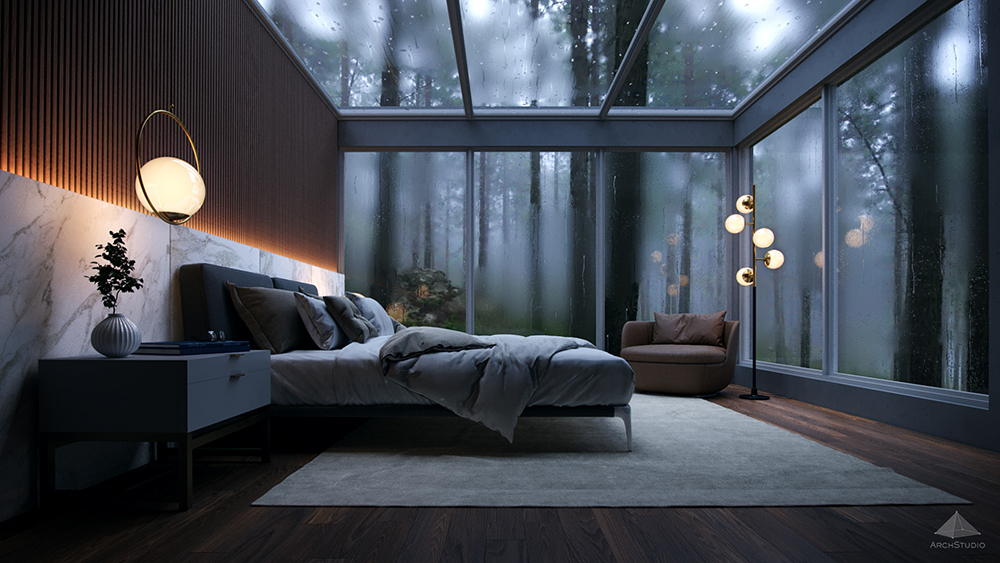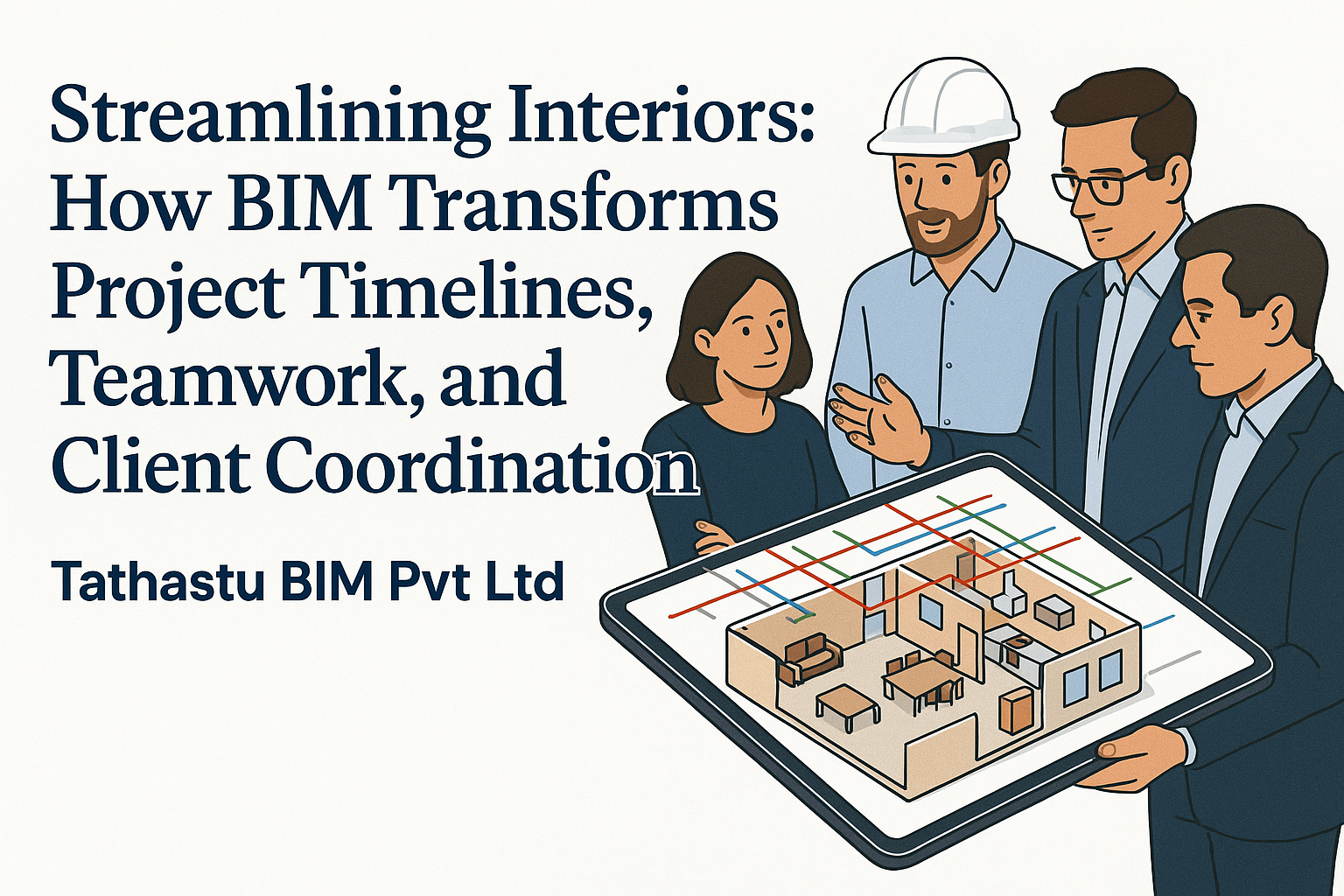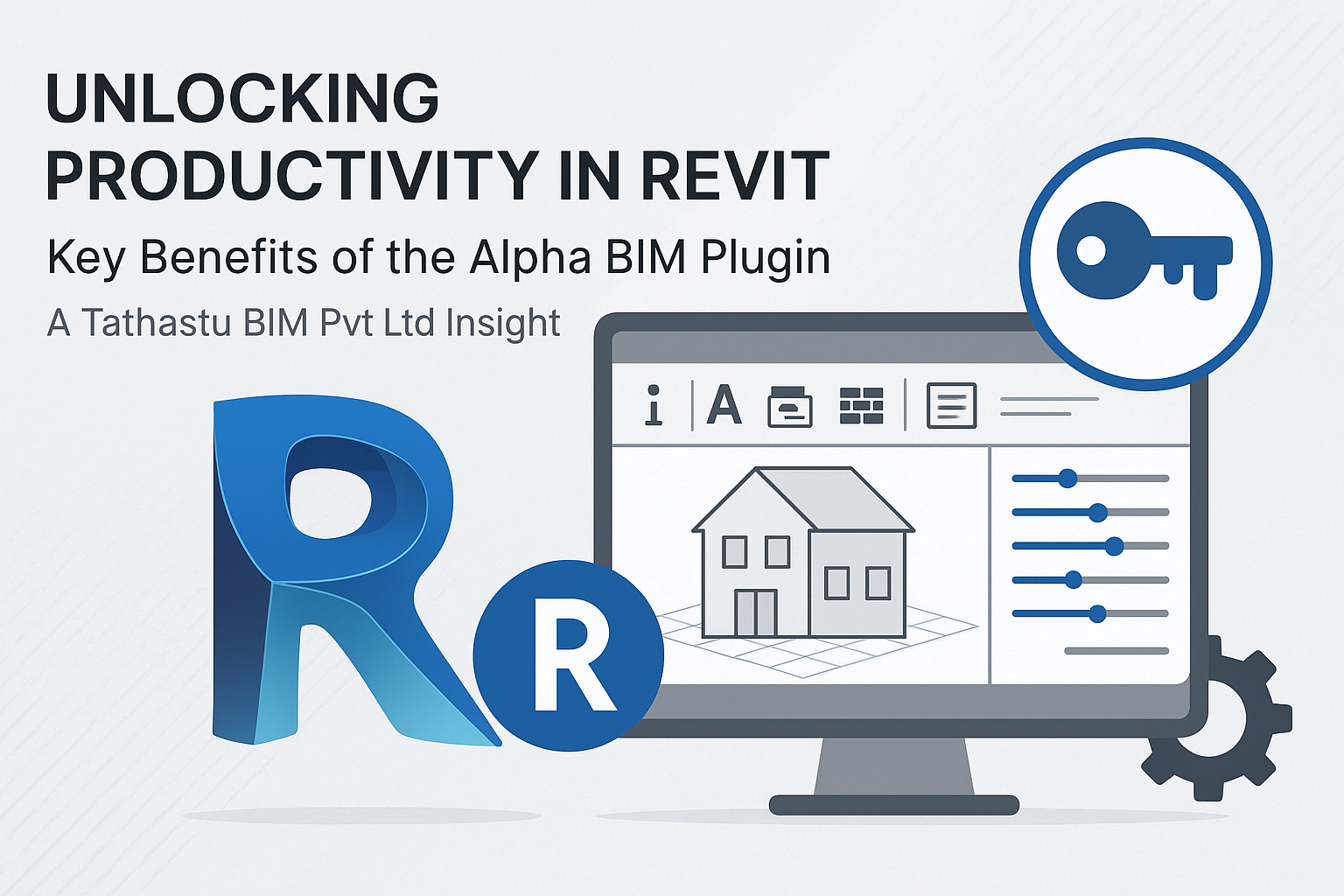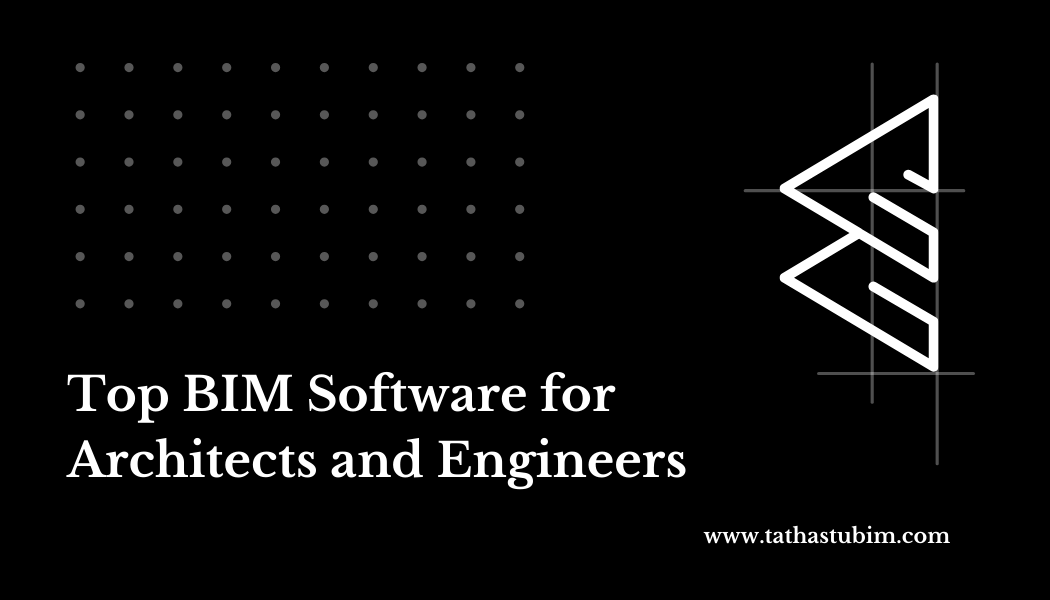

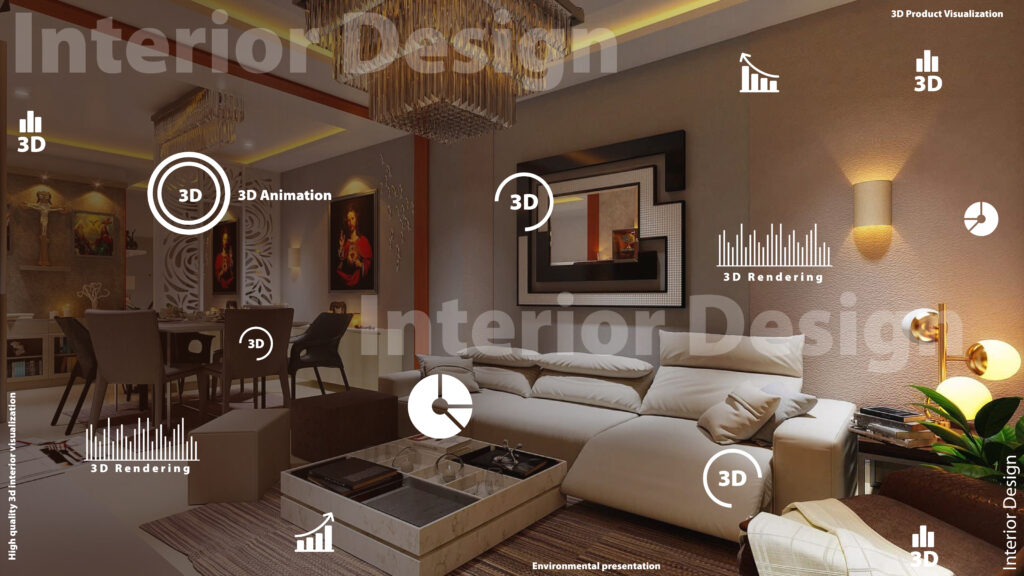
How BIM Can Transform Your Interior Design Projects into Something Amazing
Interior design projects require a lot of planning, organization, and creativity. With the advent of Building Information Modeling (BIM) technology, interior designers are able to visualize their designs with greater accuracy and detail than ever before. In this article, we’ll explore how BIM can take your projects to the next level, allowing you to create something truly amazing!
Benefits of Using BIM in Interior Design
There are many benefits to using BIM in interior design. Perhaps the most obvious is that it can help you create better and more efficient designs. By creating a three-dimensional model of your space, you can more easily visualize how your design will come together and identify potential problems before they arise.
But BIM doesn’t just stop at the design stage. It can also be used to help with project management, by providing a clear and concise view of the project timeline and budget. And once the project is complete, BIM can be used to create as-built models that can be used for future reference or renovation work.
In short, BIM is a powerful tool that can save you time and money while helping you create better designs. If you’re not already using it on your projects, now is the time to start!
The Different Elements of BIM
Building Information Modeling, or BIM, is a process that uses 3D modeling to create a virtual representation of a building. The different elements of BIM include the geometry,spatial relationships, geographic information, and the properties of the building components.
How to Utilize BIM for Interior Design Projects
The use of Building Information Modeling (BIM) for interior design projects can result in amazing outcomes. Here are some tips on how to utilize BIM for your next interior design project:
-
Use BIM to create accurate 3D models of your proposed design. This will allow you to visualize the space and make sure that everything will fit perfectly.
-
Use BIM to create realistic renderings of your design. This will help you communicate your vision to clients or investors.
-
Use BIM to create detailed floor plans and elevations. This will help you plan the space more efficiently and avoid potential problems during construction.
-
Use BIM to create a schedule of finishes. This will help you coordinate different materials and finishes so that they are installed in the correct order.
-
Use BIM to track progress and identify potential issues early on. This will save you time and money by preventing problems from getting out of hand.
Common Mistakes When Using BIM for Interior Design Projects
When it comes to interior design, there are a few common mistakes that can be made when using BIM. Here are a few of the most common:
Not Defining the Scope of the Project: One of the most common mistakes is not properly defining the scope of the project. This can lead to problems later on down the line, as changes are made and things start to get out of scope. Make sure you sit down with your team and clearly define what the project is supposed to entail from start to finish.
Not Utilizing all of BIM’s Capabilities: BIM is a powerful tool that can be used for much more than just creating 3D models. Make sure you are utilizing all of its features, such as clash detection, material take-offs, and energy analysis.
Failing to Coordinate with Other Trades: Another common mistake is failing to coordinate with other trades. When using BIM, it’s important to have all disciplines working in sync in order to avoid any potential issues. Make sure you are constantly communicating with everyone involved in the project.
Not Documenting Changes: As changes are made throughout the course of a project, it’s important to document them properly within the BIM model. This will ensure that everyone is on the same page and that nothing gets forgotten about later on.
Examples of Successful Interior Design Projects Utilizing BIM
There are countless examples of interior design projects that have utilized BIM to great effect. Here are just a few examples of how BIM can transform your interior design projects into something amazing:
- The St Regis Singapore: This stunning hotel was designed using BIM, and it features some of the most intricate and beautiful interiors in the world.
- The Palace of Westminster: One of the most iconic buildings in the world, the Palace of Westminster was also designed using BIM.
- The Guggenheim Museum Bilbao: Another world-famous building, the Guggenheim Museum Bilbao is a prime example of how BIM can be used to create stunning and unique architectural designs.
- The National Museum of Qatar: This brand new museum utilises BIM throughout its design, resulting in a truly cutting-edge and modern building.
- The Heydar Aliyev Center: This incredible building in Azerbaijan is another great example of how BIM can be used to create awe-inspiring architecture.
Conclusion
BIM offers a unique opportunity to revolutionize interior design projects. By streamlining the workflow, automating tedious tasks, and delivering detailed visualizations in real-time, BIM is transforming interior design into something truly amazing. If you’re looking to take your interior designs to the next level and create something that is sure to impress clients and stakeholders alike, then incorporating BIM technology into your workflow is an absolute must.
Popular Posts
